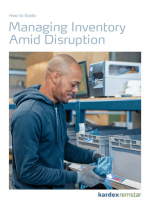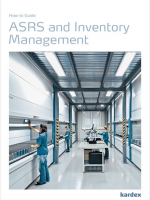How to Deliver the “Perfect Order”
For some organizations, getting the right part to the right place and at the right time is a mission-critical goal. A manufacturer picking maintenance part orders for aircraft repair, for example, better make sure the right parts are picked. The same goes for the medical device manufacturer or distributor tasked with sending the right knee implant to the operating room doctor. There’s literally no room for error in either of these applications; these organizations will go to great lengths and spare no expense to achieve the perfect order – as they should.
Here’s another example; does the large distribution center (DC) sending a pallet of 10 red dresses and 20 yellow dresses instead of 10 yellow dresses and 20 red dresses to a retail store really suffer a great impact from this error? In a somewhat similar situation, does the manufacturer whose assembly line pauses for workers to either repick items or fix mispicks truly need 100 percent order accuracy or the “perfect order” every single time? Many warehouse and distribution professionals are asking themselves these types of questions as the focus on the perfect order seems to increase in importance, and as companies strive to achieve acceptable accuracy levels in an increasingly competitive, timeconscious business environment. The idea of the perfect order is a little different for everyone.
In this white paper we’ll explore the concept of the perfect order, review factors that can help determine what that might be for your facility, share strategies companies are using to attain the perfect order and provide solutions that allow companies to increase order accuracy without having to make the cost and time investment typically associated with reaching perfect order status.
What’s Related



Favorites





